Emerging Cultural Movements of 2025: Trends Shaping the Year Ahead
Discover the top emerging cultural movements in 2025 shaping fashion, tech, wellness, and community — and why they matter for our future.
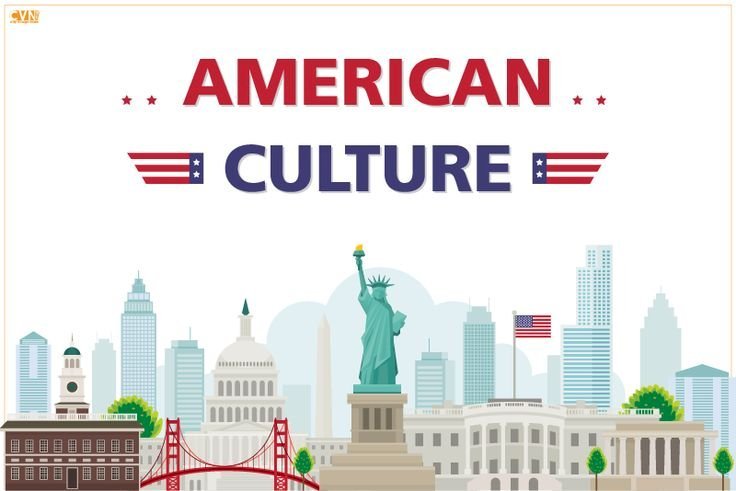
Cultural movements are reshaping how we think, act, and connect — and 2025 is emerging as one of the most transformative years yet. From the fashion we wear and the music we listen to, to the digital spaces we inhabit and the communities we support, these shifts go beyond surface-level trends. They represent deeper changes in how people express identity, prioritize values, and build connections.
This year, global challenges such as climate change, rapid technological advancement, and shifting social priorities are accelerating cultural change in ways not seen for decades. Many of these movements are driven by younger generations like Gen Z and Gen Alpha, whose creativity and activism are amplified through social media and digital-first communities.
Some of these changes build on cultural undercurrents from previous years, while others are entirely new — born from the realities and opportunities unique to 2025. In this article, we’ll explore the most significant emerging cultural movements of 2025, with real-world examples, credible research, and expert perspectives on how they’re shaping our present — and our future.
Vibe Culture Replacing Micro-Trends
Image source: encrypted-tbn0.gstatic.com
Micro-trends that once drove rapid fashion cycles are giving way to something deeper: vibe culture. This shift is not just about clothing — it’s about expressing a mood, identity, or personal story through style. As reported by Vogue Business, vibe-driven aesthetics focus on emotional resonance and lifestyle rather than fleeting viral looks.
Instead of chasing last week’s “it” style, people are curating personal aesthetics — cozy, edgy, nostalgic — that feel authentic and lasting. Brands are adapting, building collections around these broader emotional themes rather than seasonal palettes. Data from resale platforms like Depop shows a move toward timeless basics and adaptable styles, signaling that individuality is replacing impulse-driven consumption.
Why it matters: Vibe culture empowers personal storytelling through fashion, creating a more mindful and identity-driven approach to style.
Digital Escapism in Daily Life
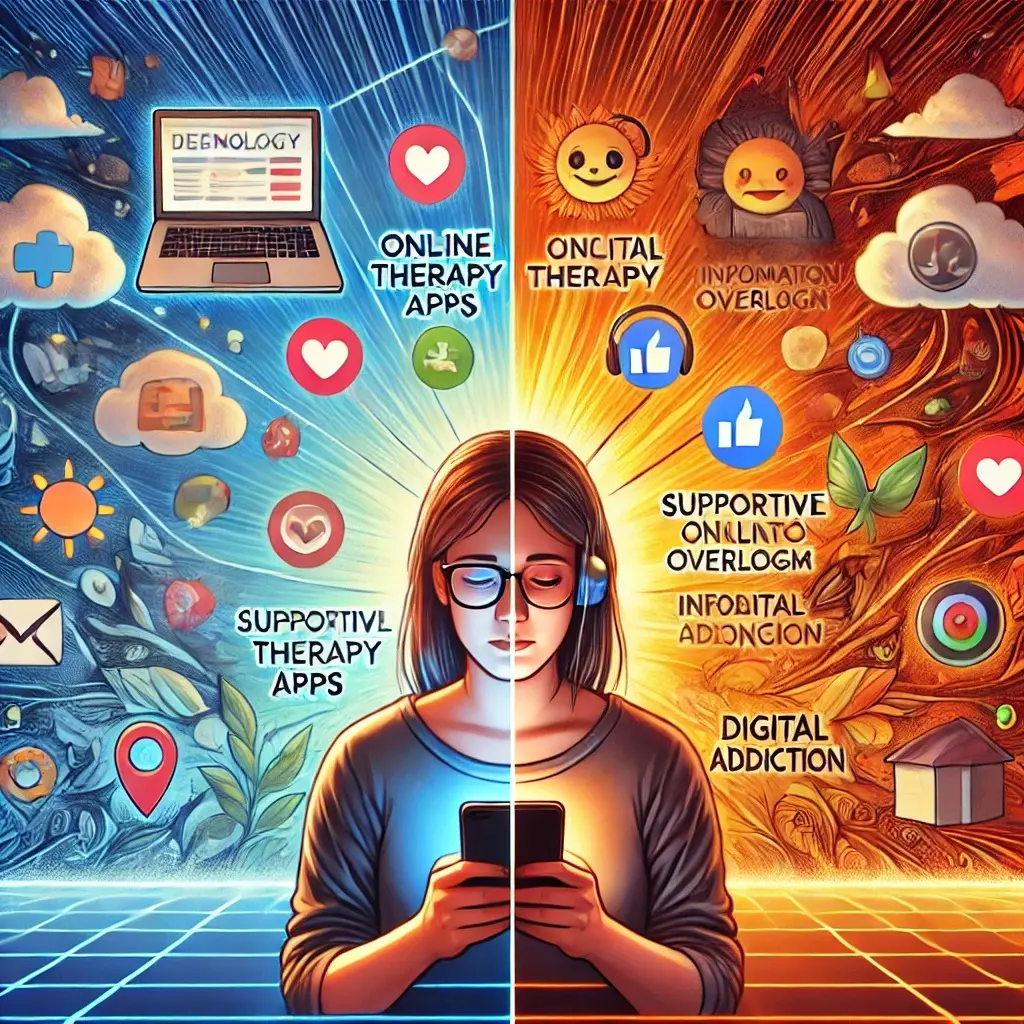
Image source: d2fryjlmubyuuh.cloudfront.net
Digital escapism in 2025 extends far beyond gaming. Millions now participate in immersive social platforms like VRChat and Meta Horizon, attending concerts, language meetups, or casual gatherings in virtual spaces. For many — particularly those far from urban centers or excluded from traditional nightlife — these communities provide a safe, creative space for self-expression.
Public usage data for VRChat shows consistent engagement, with tens of thousands of active PC users at any given time, even without VR headsets. While researchers highlight benefits such as inclusivity and creative freedom, they also note potential downsides like overuse or exposure to unsafe spaces.
Why it matters: Virtual worlds can expand opportunities for connection and creativity, but intentional, balanced use ensures they enhance — not replace — real-life relationships.
Read: For a deeper dive into how music, fashion, and viral internet trends are shaping the cultural conversation this year, check out our in-depth guide on American Pop Culture 2025: Trends, Music, Fashion & Viral Moments.
The Return of Black Dandyism

Image source: i.pinimg.com
Black dandyism — a bold blend of elegance, heritage, and social commentary — made a defining return at the 2025 Met Gala. The theme, “Superfine: Tailoring Black Style”, was curated by Professor Monica L. Miller, inspired by her book Slaves to Fashion. The event celebrated how Black communities have used tailored fashion as a form of empowerment and cultural storytelling.
Celebrities like Janelle Monáe and Colman Domingo brought historic influences into modern design, showing how fashion can challenge stereotypes and honor heritage.
Why it matters: The resurgence of Black dandyism bridges art, activism, and identity, reaffirming style as a tool for cultural expression and social dialogue.
Localism Over Globalism

Image source: i.pinimg.com
From farmers’ markets to community media, Americans are embracing localism in 2025. This shift, driven by climate concerns, supply chain challenges, and a desire for authenticity, is boosting local businesses and fostering deeper connections. Local influencers who highlight regional food, crafts, and events are building strong, loyal audiences.
Why it matters: Localism strengthens communities, supports sustainability, and creates resilience in uncertain economic and environmental times.
Fusion of K-pop and Classical Music

Image source: i.pinimg.com
In 2025, SM Entertainment’s SM Classics collaborated with the Seoul Philharmonic Orchestra to stage orchestral performances of K-pop hits. The concerts reimagined songs from Red Velvet, BoA, SHINee, and others, drawing both classical enthusiasts and pop fans.
Plans are underway for similar performances internationally, including Vienna in 2026, showing the global potential of this genre fusion.
Why it matters: Blending classical and pop breaks cultural and generational barriers, attracting new audiences to both art forms.
Quiet Hobbies Going Mainstream
Image source: encrypted-tbn0.gstatic.com
Knitting, journaling, and bird-watching are no longer niche pastimes — they’ve gone mainstream in 2025. According to industry trend reports, interest in “mindful hobbies” has grown steadily over the last two years, especially among younger adults seeking balance in an always-connected world.
Social media platforms like TikTok and Instagram are filled with short, calming videos showcasing knitting projects, nature journaling, and backyard birdwatching. These posts often inspire viewers to try the hobbies themselves. Bookstores, craft shops, and community centers are reporting increased sales of related supplies and higher participation in workshops.
Why it matters: Quiet hobbies provide a screen-free, stress-reducing outlet for creativity and mindfulness — offering a healthy counterbalance to fast-paced digital life.
Spiritual Individualism & New-Age Revival

Image source: i.pinimg.com
Many Americans, particularly younger generations, are moving away from traditional religious institutions and embracing personalized spiritual practices. Astrology, tarot reading, crystal healing, and mindfulness rituals are increasingly visible both online and offline. A 2024 Pew Research Center survey found that a growing portion of Americans describe themselves as “spiritual but not religious.”
Digital communities — like TikTok’s #WitchTok — blend spirituality with self-care, offering connection and emotional support without the formal structures of organized religion. This shift reflects a cultural move toward self-guided meaning-making and away from rigid dogma.
Why it matters: Spiritual individualism offers flexibility and inclusivity, allowing people to shape belief systems that align with their values and lived experiences.
Mental Health is the New Normal

Image source: i.pinimg.com
In 2025, open discussions about therapy, stress, and emotional well-being have become the norm. The American Psychological Association reports that younger adults are particularly proactive about mental health care, with many seeing it as a top life priority. Popular wellness apps like Calm, Headspace, and BetterHelp have millions of active users, and workplaces are expanding benefits to include mental health days and support programs.
A 2025 Harris Poll found that 88% of U.S. adults agree there is no shame in having a mental health condition, although some stigma remains. Nearly two-thirds have sought or are open to seeking therapy, and the vast majority value self-care, with most practicing it at least weekly.
Why it matters: The normalization of mental health conversations represents a cultural turning point — reducing stigma, improving access, and encouraging early intervention.
Mental Health in America: A Closer Look (2025)

Image source: i.pinimg.com
Mental health is becoming everyday talk, especially among younger adults who are leading the charge toward openness. According to The Harris Poll and the American Psychological Association’s 2025 study, nearly 9 in 10 U.S. adults (88%) agree there’s no shame in having a mental health condition, yet 84% still feel the term “mental illness” carries a stigma. While most people feel comfortable discussing mental health—83% say they are okay talking about it—a significant number still hold back: 23% of adults aged 18–34 say they don’t feel comfortable opening up, compared to just 14% in older age groups l.
Many Americans have tried therapy before—or want to in the future: 45% say they’ve sought mental health care, and another 17% are open to it. Self-care remains vital, with 96% valuing it and 63% practicing it at least weekly—though some still feel guilty or unproductive when taking time for themselves.
Why This Matters
Mental health is not just a personal issue—it’s a societal one. While stigma is declining, many people still feel judged or hesitant to seek help. The data shows a cultural shift toward acceptance, but also indicates the need for safer, more supportive spaces—especially for young adults.
Summary Table
|
Statistic |
Percentage |
|
U.S. adults comfortable talking about mental health |
83% |
|
Younger adults (18–34) uncomfortable talking |
23% |
|
Overall with no shame in mental health conditions |
88% |
|
Have sought or consider seeking mental health care |
62% (combined) |
|
Values self-care; practices it weekly |
96% value, 63% practice |
Climate-Conscious Living

Image source: i.pinimg.com
Sustainable habits such as thrifting, eating plant-based meals, and reducing single-use packaging have firmly entered the mainstream in 2025. According to ThredUp’s 2024 Resale Market Report, secondhand apparel sales in the U.S. surpassed fast fashion for the first time — marking a significant cultural and economic shift. Likewise, plant-based eating is no longer a niche choice; millions of Americans now incorporate meat-free meals into their weekly routines, driven by health, environmental, and ethical motivations.
On social media, movements like #ZeroWasteChallenge and thrift haul videos are sparking collective action, inspiring millions to adopt small, sustainable changes. In response, many brands are introducing eco-friendly packaging, shifting toward recyclable or compostable materials, and rethinking their supply chains to reduce waste and carbon footprints.
Why it matters: Climate-conscious living is evolving from a personal lifestyle decision into a widespread cultural expectation. This shift influences how consumers shop, what they eat, and which companies they support — pushing businesses to make sustainability a core part of their operations rather than a marketing afterthought.
Rise of Neurodiversity Acceptance

Image source: i.pinimg.com
Awareness and understanding of neurodiversity — a term that encompasses conditions such as ADHD, autism spectrum disorder, dyslexia, dyspraxia, and other cognitive differences — is steadily increasing in 2025. The movement goes beyond awareness campaigns, focusing on genuine inclusion in education, media, and workplaces.
In entertainment, more television shows, films, and streaming series are depicting neurodivergent characters with authenticity rather than relying on stereotypes. This shift is helped by greater involvement of neurodivergent writers, consultants, and actors, ensuring on-screen portrayals are nuanced and respectful.
In the workplace, a growing number of companies are introducing neurodiversity hiring programs in partnership with advocacy organizations. These programs often include sensory-friendly workspaces, flexible scheduling, and communication training for teams to foster understanding and collaboration. Large corporations like Microsoft and SAP have publicly shared the positive impact of such initiatives, citing increased innovation, problem-solving abilities, and employee engagement.
Schools and universities are also rethinking support systems — offering assistive technologies, alternative testing formats, and awareness training to staff, helping students thrive academically and socially.
Why it matters: Embracing neurodiversity not only reduces stigma but also unlocks the unique skills and perspectives neurodivergent individuals bring. Studies show that diverse teams — including neurodivergent members — are more likely to develop creative solutions, spot patterns others may miss, and approach challenges from fresh angles. In short, neurodiversity is an asset to communities, classrooms, and companies alike.
Decentralized Social Media Platforms

Image source: i.pinimg.com
Privacy-focused social networks such as Bluesky, Mastodon, and BeReal are attracting users who want more control over their online experience and fewer algorithm-driven feeds.
- Bluesky — Launched publicly in 2024, Bluesky has grown to millions of registered users. It’s built on an open protocol that allows people to customize their feeds, choose moderation settings, and avoid the one-size-fits-all algorithms common on larger platforms.
- Mastodon — This federated network is made up of independently run servers (or “instances”) that connect together. It offers niche communities, ad-free timelines, and moderation managed at the community level.
- BeReal — While engagement has declined from its pandemic-era peak, BeReal remains popular among those who value casual, unfiltered sharing. Recent updates, like location-based posting features, aim to keep its focus on authenticity.
Why it matters: The rise of decentralized and non-algorithmic platforms reflects a growing demand for intentional, meaningful online interaction. These spaces prioritize user choice, privacy, and community governance over engagement metrics and ad-driven content — a shift that could influence the future of social media design.
Also Check: For those planning a trip, you might find comfort and guidance in our article Scriptures for a Safe Journey: Travel with God's Promises, which shares inspiring Bible verses to keep your heart at peace and your journey protected.
AI Co-Creation in Arts and Culture
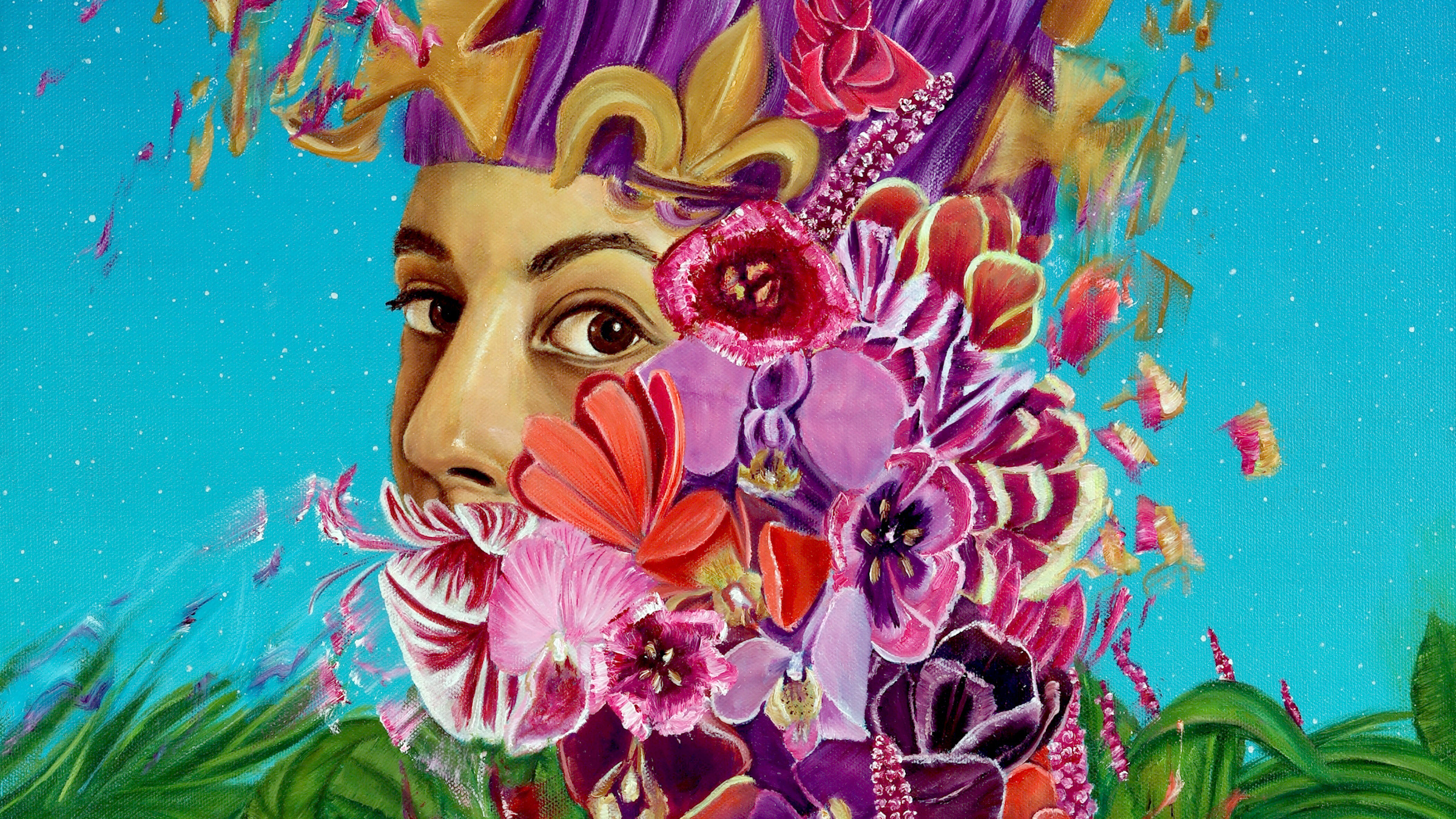
Image source: cacm.acm.org
In 2025, artificial intelligence has become an active partner in the creative process, working alongside artists, writers, musicians, and filmmakers to expand what’s possible in the arts. Instead of replacing human originality, generative AI tools — such as ChatGPT for text, Midjourney for imagery, and Suno for music — are being used to spark new ideas, speed up creative workflows, and remove technical barriers.
For visual artists, AI can quickly generate mood boards or concept sketches that help refine a vision before committing hours to production. Musicians are experimenting with AI-generated melodies and harmonies as a base layer, then reworking them with human nuance. Writers are using AI to outline stories, brainstorm dialogue, or explore alternative endings — all while maintaining full creative control.
A 2024 Adobe Creative Professionals Survey found that nearly 8 in 10 creators who use AI report higher productivity and more creative experimentation. Many also say it helps overcome creative blocks, making artistic work more accessible to beginners without formal training.
Why it matters: AI-assisted creation lowers entry barriers, allowing more people to participate in art and media. It empowers seasoned professionals to work faster and explore more concepts while keeping the human touch — judgment, emotional depth, and storytelling — firmly at the center of the process.
The New Masculinity

Image source: cdn.shopify.com
Across sports, entertainment, and everyday life, men in 2025 are challenging outdated definitions of masculinity. The traditional image of being stoic, unemotional, and defined by physical toughness is giving way to a broader, more inclusive understanding.
Today, more men are openly discussing their mental health, seeking therapy, and showing vulnerability without fear of judgment. Athletes talk candidly about performance anxiety, actors share their personal journeys in interviews, and musicians use their art to explore topics like fatherhood, relationships, and self-expression.
Fashion, too, reflects this change. Men are experimenting with styles once considered unconventional — from bold colors and patterns to gender-fluid silhouettes — showing that personal style can be an authentic extension of identity rather than a rigid social code.
Why it matters: Redefining masculinity opens the door to healthier relationships, improved mental well-being, and a society where empathy, responsibility, and self-expression are valued as much as strength. This shift encourages inclusivity and gives men the freedom to live authentically without the constraints of outdated stereotypes.
Revival of Analog Activities

Image source: i.pinimg.com
Vinyl records, film photography, and even typewriters are making a strong comeback in 2025, appealing to people who want a break from the fast, intangible nature of digital media. According to the Recording Industry Association of America (RIAA), U.S. vinyl sales have seen steady growth for over a decade, with 2024 marking another record year in both units sold and revenue. Instant film cameras — such as Fujifilm’s Instax series — continue to post rising sales, supported by younger buyers who enjoy the nostalgic, hands-on experience.
The appeal goes beyond retro charm. Vinyl’s warm, analog sound, the deliberate process of loading film, or the tactile click of typewriter keys all offer a sensory richness that streaming, smartphones, and keyboards simply can’t replicate. For many, these mediums provide a slower, more mindful way of creating, consuming, and preserving memories.
Why it matters: Analog formats encourage presence and patience in an age of instant gratification. They remind us that sometimes the process — the ritual of choosing a record, framing a shot, or typing a letter — can be just as meaningful as the final result.
Rise of Purpose-Driven Brands

Image source: mir-s3-cdn-cf.behance.net
More than ever, consumers in 2025 are making purchasing decisions based on whether a brand’s values align with their own. This alignment often centers on sustainability, fair labor practices, diversity and inclusion, and social impact initiatives.
Recent research from Capgemini’s “Sustainable Consumer Report 2025” found that a majority of U.S. shoppers are willing to switch to brands that demonstrate genuine commitment to environmental and ethical practices. Similarly, data from GWI’s 2025 Consumer Trends Study shows that eco-friendly packaging, transparent sourcing, and clear support for social causes are among the top factors influencing brand loyalty.
Importantly, these findings aren’t limited to younger generations—though Millennials and Gen Z lead the trend, Gen X and Baby Boomers are also increasingly factoring values into their purchasing habits. Brands that only pay lip service to these issues risk losing trust, as consumers are becoming more adept at spotting inauthentic “greenwashing” or “cause marketing” without action to back it up.
Why it matters: Purpose-driven branding is no longer just a marketing advantage—it’s a business necessity. Companies that integrate authentic values into their operations build trust, strengthen customer relationships, and create a competitive edge in an increasingly conscious marketplace.
Top Brand Values for U.S. Shoppers in 2025

Image source: images.ctfassets.net
Recent surveys confirm that today’s consumers want more than just products—they want purpose.
- A 2025 GWI (through Givsly) study found that over 88% of U.S. shoppers say they purchase from brands that align with their values, especially among younger and affluent demographics.
- A Capgemini report shows that 64% of consumers bought products from sustainable brands, while 67% would switch retailers due to lack of sustainability—underscoring how deeply ethics influence loyalty.
- On packaging, the Shorr Sustainable Packaging Report reveals that 90% of American consumers are more likely to buy from brands offering eco-friendly packaging, and 73% are open to switching brands for it.
What This Means:
|
Value Focus |
Why It Matters |
|
Brand Values & Ethics |
Customers—especially Millennials and Gen Z—now expect brands to reflect their social and environmental beliefs. |
|
Sustainability |
Cleaner packaging and greener practices are no longer optional—they’re expected. |
|
Alignment with Causes |
Shoppers increasingly choose brands connected to their own values, from local support to fair labor practices. |
Multicultural Identity Pride
Image source: encrypted-tbn0.gstatic.com
Across the United States, multicultural representation is becoming more visible in everyday life — from local festivals and cultural parades to streaming platforms showcasing diverse stories. Younger generations, particularly Gen Z and Gen Alpha, are the most racially and ethnically diverse in U.S. history, according to the Pew Research Center. Many openly embrace their mixed heritage, weaving traditions from multiple cultures into their daily lives, fashion, food, and self-expression.
Streaming services such as Netflix, Hulu, and Disney+ are investing in multilingual programming and narratives centered on immigrant, first-generation, and multicultural experiences. Public events — like Lunar New Year celebrations, Juneteenth festivals, and Día de los Muertos gatherings — are drawing record attendance, reflecting a collective desire to honor and share cultural heritage. Social media communities using hashtags like #MixedHeritage and #CulturalFusion are also helping individuals connect, share traditions, and celebrate identity on a global stage.
Why it matters: Embracing multicultural identity fosters cross-cultural understanding, breaks down stereotypes, and strengthens community bonds. By valuing multiple cultural perspectives, society builds a richer, more inclusive cultural landscape that reflects the realities of modern America.
Tech-Integrated Wellness
Image source: encrypted-tbn0.gstatic.com
Smartwatches, fitness trackers, and other wearable health devices have moved from niche gadgets to everyday wellness tools for millions of Americans. These devices can track heart rate, sleep quality, stress levels, and daily activity, giving users real-time feedback that helps them make healthier choices. According to the Journal of Medical Internet Research, wearable adoption in the U.S. has grown steadily in recent years, with a noticeable rise among adults aged 25–44.
However, while personal tracking has become commonplace, integration with healthcare systems remains limited. Many users are willing to share wearable data with doctors, but a lack of standardized systems and privacy concerns mean that this information often isn’t incorporated into formal care. Experts note that better integration could help detect early warning signs, personalize treatment plans, and improve preventive care.
Why it matters: Wearable devices encourage proactive, data-driven health habits by making wellness measurable and visible in daily life. But their full potential will only be realized when personal tracking seamlessly connects with professional healthcare — ensuring that the insights they provide lead to meaningful, evidence-based action.
Most Influential Platforms Driving Cultural Movements in 2025

Image source: media.sproutsocial.com
Understanding which platforms young Americans use to discover new cultural trends helps us see how movements gain momentum. According to the 2025 Sprout Social Index™, Gen Z is most active on Instagram (89%), YouTube (84%), and TikTok (82%)—making these three the primary hubs for cultural discovery and influence.Meanwhile, a Pew Research Center report notes that while fewer adults regularly get news from platforms like TikTok (17%) and Instagram (20%), usage is growing—especially:
- TikTok saw news consumption jump from 3% in 2020 to 17% in 2024.
- YouTube and Facebook remain leading platforms where over 30% of U.S. adults regularly get news.
Why This Matters
- Gen Z’s influence: Their heavy engagement on platforms like TikTok, Instagram, and YouTube positions these as cultural trend incubators—whether in fashion, activism, or lifestyle.
- News & influence overlap: Even if news consumption lags overall, rapid growth on TikTok shows how emerging cultural narratives are increasingly shaped by younger audiences.
Improved Summary Table
|
Platform |
Gen Z Usage (Daily/Weekly) |
News Consumption by U.S. Adults |
|
TikTok |
82% |
17% regularly get news |
|
|
89% |
~20% regularly get news |
|
YouTube |
84% |
~33% regularly get news |
—Sources: Sprout Social (2025) for Gen Z usage; Pew Research (2024) for news consumption.
Radical Empathy and Community Action

Image source: i.pinimg.com
Across many U.S. cities, grassroots initiatives such as mutual aid networks, free community fridges, and neighborhood clean-up drives are gaining momentum. These efforts are usually organized by everyday residents, not large institutions, and are designed to meet immediate needs while strengthening local trust.
Examples include volunteer-run fridges stocked with fresh produce for anyone in need, pop-up donation drives for essentials, and groups coordinating to restore public parks or plant community gardens. Social media platforms like Instagram and TikTok help these projects gain visibility, encouraging others to replicate them in their own neighborhoods.
Why it matters: Radical empathy transforms the mindset from “someone should help” to “we can help.” By empowering individuals to act collectively, these initiatives foster community resilience, strengthen social bonds, and demonstrate that meaningful change often begins with small, consistent acts of care.
Read More: Planning your travels around these cultural trends? If theme parks are on your list, check out our Universal Studios Busy Calendar 2025 – Best & Worst Days to Visit to make the most of your trip.
Conclusion
In 2025, cultural movements are transforming the way we see ourselves, connect with others, and shape the world around us. From neighborhood projects that strengthen local bonds to global trends fueled by technology, these shifts reflect a shared desire for authenticity, inclusion, and purpose. They are not just about fashion or entertainment — they influence how we work, communicate, consume, and care for our communities.
The most powerful part? Each of us can play a role. By staying informed, supporting causes that matter to you, and engaging in meaningful conversations both online and in person, you contribute to the direction culture takes. The future is not something that simply happens to us — it’s something we actively create. And in cultural change, even the smallest action can spark a ripple that shapes what comes next.
FAQs
Q: What are cultural movements?
Cultural movements are collective shifts in ideas, values, and behaviors that influence how people express themselves and interact with society. They often begin in communities—whether local, online, or global—and can spread through art, fashion, technology, activism, or shared experiences.
Q: Why are cultural movements important?
They help shape the way we live, from the clothes we wear to the media we consume. Cultural movements can influence public opinion, spark social change, inspire innovation, and even shift political conversations.
Q: How do social media and technology affect cultural movements?
Platforms like TikTok, Instagram, and YouTube make it easier for new ideas to gain attention quickly. Technology connects people across distances, allowing movements to build momentum, amplify voices, and create communities that might not have formed otherwise.
Q: What are some key emerging cultural movements in 2025?
In 2025, notable movements include vibe culture (self-expression over trend-following), Black dandyism (a style-driven celebration of heritage and confidence), digital escapism (immersive AR/VR communities), and climate-conscious living (everyday sustainability practices).
Q: How can I be part of these movements?
You can start by learning more about them, supporting creators or organizations that align with their values, attending related events, and making small changes in your daily life—whether that’s buying from local businesses, joining online communities, or advocating for issues you care about.

 Selina Smith
Selina Smith 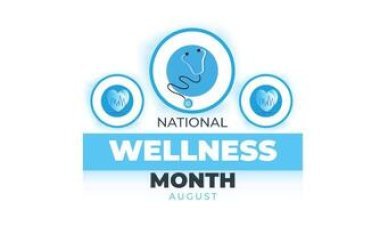

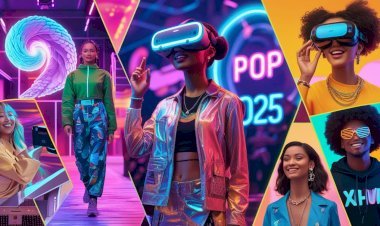






![AutoZone Business Hours [2025]: Complete Guide to Store Times, Holidays & Tips](https://statesidemagazine.com/uploads/images/2025/06/image_140x98_6852d31a1eb7b.jpg)




